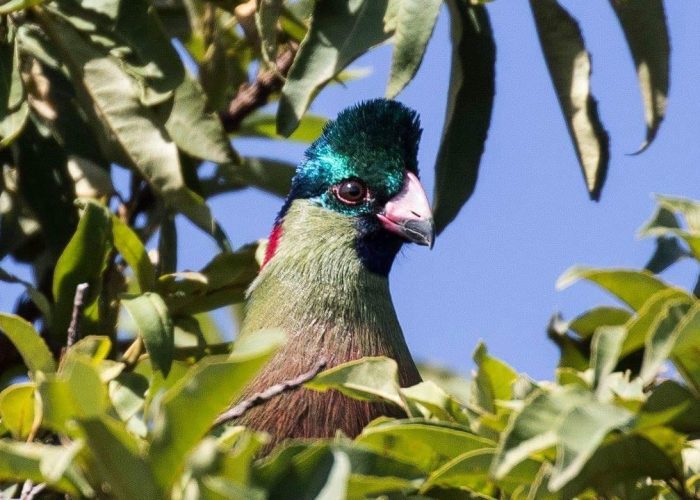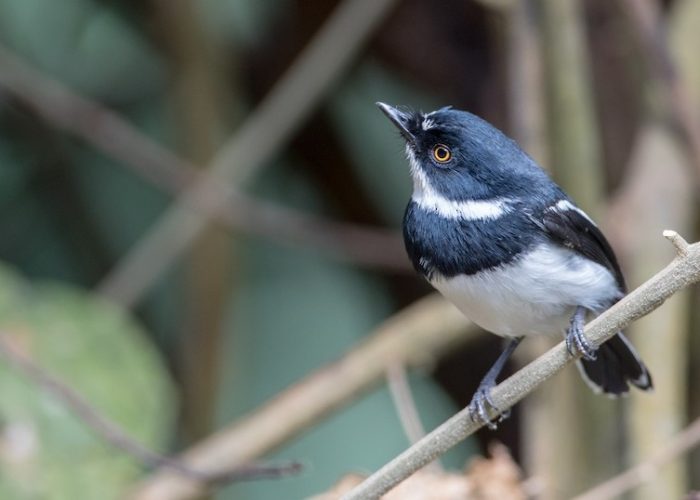Rwenzori Mountains National Park
About the Park
The historical Rwenzori Mountains were placed on the map by the explorer Henry Stanley on the 24th of May 1888. Labeling it ‘Ruwenzori’, a local name which he recorded as meaning “Rain-Maker” or “Cloud-King.” The world heritage site recognized mountains in 1994 and a Ramsar site in 2008.This famous area was gazetted in 1991 and before that alexandrine geographer had christened the Rwenzori as the “mountains of the moon” in AD 150. The Ruwenzori, or the Rwenzori and Rwenjura, in eastern equatorial Africa, are home to about 217 bird species including the 19 Albertine rift endemics and some of the world's rare vegetation. The Rwenzoris lie in western Uganda along the Congo-Uganda border with huge tree heather and colorful mosses draped across the mountainside with the giant lobelias and “never-ending” creating a charming folk-tale scene with Mount Stanley’s Margherita peak being the highest point at 5109m above the sea level bisected the Congo border. The Rwenzori Mountains aren’t volcanoes like any other mountains in East Africa; they are a block of rock up-faulted through the floor of the western arm of the rift valley. There are quite a several activities around the zone, both long walks and short walks with community interactions. Just at 120km-long and 65km-wide Rwenzori match the tagline “the mystical challenge”
THE CENTRAL CIRCUIT
The central circuit This challenging seven-day climb provides a circular tour of the Rwenzori. From the trailhead at ruboni, the route ascends the bujuku valley and crosses the scot Eliot and fresh field passes to descend through the murukku valley. Climbers can scale the snow peaks though many prefer the exceptional scenery sufficient reward for their efforts.
KILEMBE TRAIL
This trail ascends the southern slopes of the Rwenzori from the trailhead at kilembe near the town of Kasese. The route along nyamwanba valley passes through glacial lakes and a few stunning viewpoints before joining the central circuit at lake kitandara. the standard route scales mount baker though scenery makes shorter treks rewarding enough
Birding
Birding opportunities are greatest in montane forests. Understandably, few species choose to make their home in the uninviting world of the high Rwenzori. Sunbirds Robins and Bee-eaters are some of the 117 species found in the Rwenzori mountains national park. Other key species include the Rwenzori Turaco and the Long-eared Owl while higher up on the slopes, Bearded vultures, swifts, and Black Eagles might be seen circling for prey.




Community Visits
Discover the peaceful farming village of ruboni, home of around 2000 bakonzo, in the foothills of Rwenzori. Walk with the villagers as they demonstrate their daily activities, from attending to their animals and farmlands, to preparing meals with the freshest ingredients. Meet the blacksmith, traditional healers, basket weavers, and storytellers, and enjoy a vibrant dance performance accompanied by lively drumming. Alternatively, your guide will lead along the rocky mubuku river. the word Ruboni means “clear water” in the lukonzo language and as you follow this crystal-clear stream, meeting villagers carrying food crops and wood. As the trail winds upwards, your guide will point out colorful birds like the tiny sunbirds. There are also many animal species like the 3 horned Rwenzori chameleons, and many others. lookout for baker and portal peaks rising above the forests on a clear day and the snow-capped Margherita peak is also visible a truly spectacular sight
